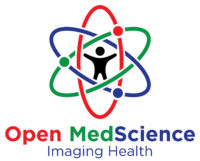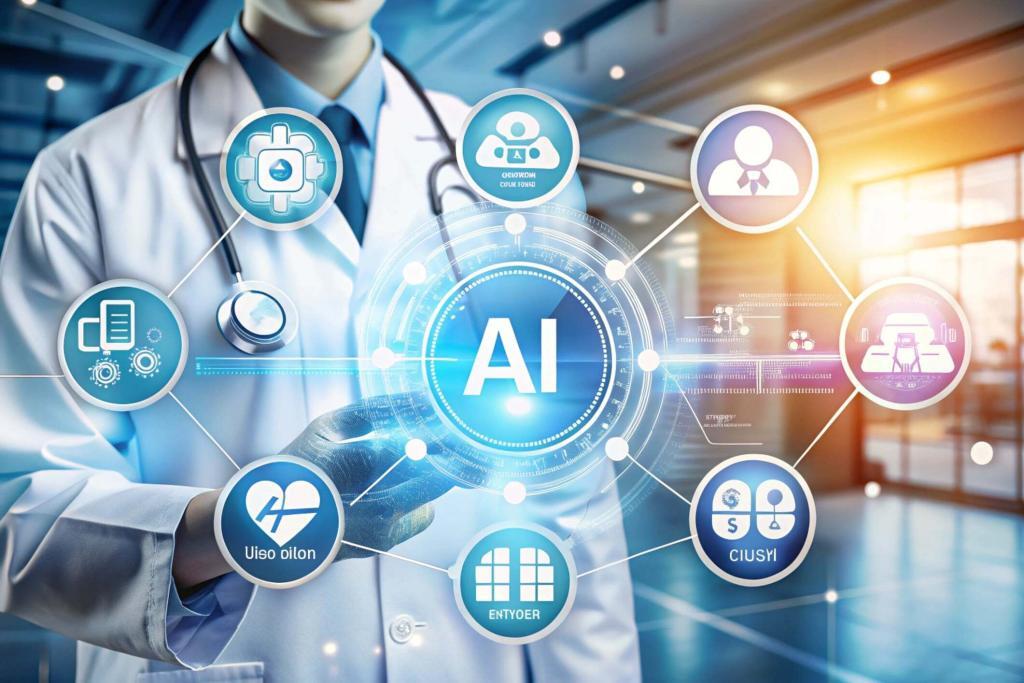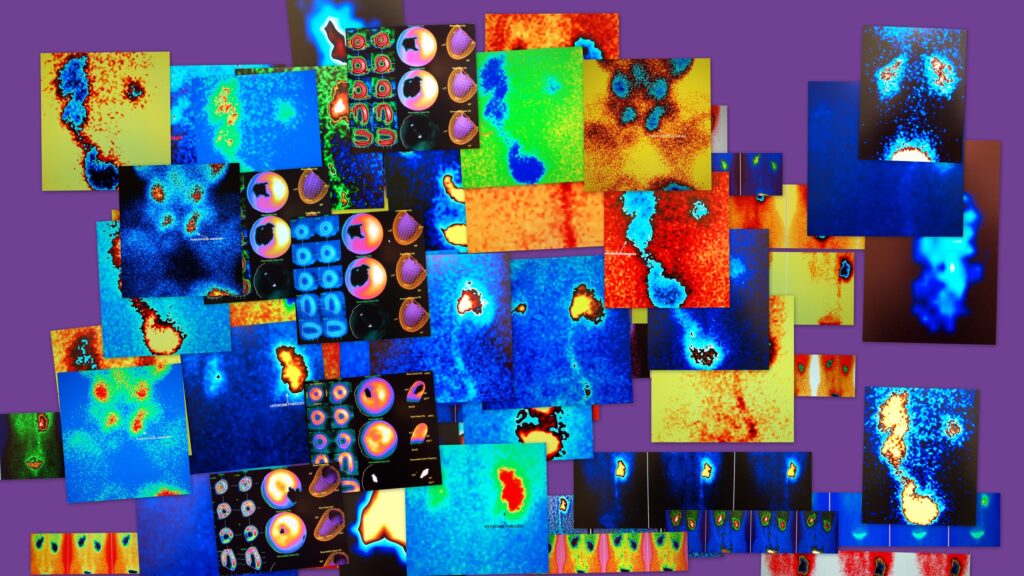AI is changing how healthcare facilities manage their equipment and daily tasks. From predicting when machines need repairs to automating routine workflows, AI helps reduce downtime, improve patient safety, and ease the workload for staff. Instead of waiting for equipment to fail, hospitals can now fix problems before they happen. Tasks like scheduling, reporting, and tracking can also run more smoothly with smart automation.
In this blog, we’ll explore how AI in healthcare supports predictive maintenance and streamlines medical workflows, saving time, lowering costs, and helping providers focus more on what matters most: patient care.
The Evolution of Healthcare Maintenance Systems
Healthcare facilities have traditionally relied on reactive maintenance approaches, addressing equipment issues only after failures occur. This outdated method is now being revolutionised through advanced technology solutions.
From Reactive to Predictive Approaches
The shift from reactive to predictive maintenance represents a fundamental change in how healthcare organisations manage their equipment. Traditional maintenance relied on fixed schedules or responding to breakdowns, often leading to unnecessary downtime and increased costs.
Modern preventative maintenance software makes it possible to anticipate equipment failures before they occur, dramatically reducing emergency repairs and extending the lifespan of critical medical devices. This proactive approach transforms maintenance from a cost centre into a strategic asset that directly contributes to better patient outcomes.
The Cost Impact of Equipment Failures
Medical equipment failures carry significant financial and operational consequences. When life-saving devices like ventilators or MRI machines go offline unexpectedly, the results can include postponed procedures, extended patient stays, and potential safety risks.
Implementing a comprehensive CMMS system allows healthcare facilities to track maintenance costs, identify problematic equipment patterns, and justify investments in newer technology. The cost savings achieved through reduced emergency repairs and extended equipment lifespans typically outweigh the initial investment in predictive maintenance solutions.
Role of Computerised Maintenance Management
Computerised maintenance management systems serve as the central hub for all maintenance activities within healthcare facilities. These platforms integrate with various hospital systems to provide a unified view of equipment status and maintenance needs.
By centralising maintenance data and processes, healthcare organisations can make more informed decisions about resource allocation, preventative maintenance scheduling, and long-term equipment planning. This centralised approach also supports regulatory compliance by maintaining comprehensive maintenance records.
Core Components of Healthcare Predictive Maintenance
Effective predictive maintenance relies on a combination of technology components working together to monitor, analyse, and predict equipment behaviour. Understanding these elements is essential for successful implementation.
IoT Sensors and Real-Time Monitoring
The foundation of any predictive maintenance program begins with data collection through IoT sensors. These devices continuously monitor equipment parameters such as temperature, vibration, power consumption, and operational patterns.
Advanced monitoring systems connect to critical medical equipment like MRI machines, CT scanners, and life-support systems to provide real-time data streams. This continuous monitoring enables the early detection of subtle changes in equipment performance that might indicate developing problems.
Integration with Maintenance Software Platforms
Raw sensor data alone isn’t enough to transform maintenance operations. CMMS maintenance software provides the necessary framework for organising, analysing, and acting on equipment data.
These platforms serve as the central repository for all maintenance-related information, from equipment specifications and maintenance histories to spare parts inventory and technician assignments. The best work order software solutions also include mobile capabilities, allowing maintenance teams to receive alerts and update work status from anywhere in the facility.
Machine Learning for Failure Prediction
The true power of predictive maintenance comes from advanced algorithms that can identify patterns in equipment data and predict potential failures. These machine learning models analyse historical maintenance records alongside real-time sensor data.
Predictive maintenance software becomes more accurate over time as it accumulates data about specific equipment and environments. Many healthcare facilities report significantly improved prediction accuracy after 6-12 months of operation, with some systems able to forecast failures weeks or even months in advance.
Implementing Predictive Maintenance in Medical Facilities
Successful implementation of predictive maintenance requires a strategic approach focused on critical equipment, data collection frameworks, and integration with existing systems.
Critical Medical Equipment Applications
Not all medical equipment benefits equally from predictive maintenance. Healthcare facilities should prioritise implementation based on equipment criticality and failure impact.
Advanced imaging systems like MRI and CT scanners represent prime candidates due to their high cost, complexity, and critical role in diagnostics. Similarly, life-support equipment such as ventilators and dialysis machines benefits from continuous monitoring to prevent potentially life-threatening failures.
Surgical robots and other advanced operating room equipment also warrant predictive monitoring due to their complexity and operational importance. The ability to predict and prevent failures in these systems directly impacts patient safety and procedural schedules.
Data Framework Development
Effective predictive maintenance relies on comprehensive data collection and analysis systems. Healthcare facilities must establish robust frameworks for gathering, storing, and processing equipment data.
The first step involves deploying appropriate sensors and monitoring devices on critical equipment. This physical infrastructure must be complemented by secure data storage systems that comply with healthcare privacy regulations. Building maintenance software must be configured to connect these disparate data sources and present information in meaningful ways.
Integration with Existing Healthcare IT
One of the biggest challenges in implementing predictive maintenance is integrating new systems with existing healthcare IT infrastructure. Successful implementations require careful planning and coordination across multiple departments.
Key considerations include compatibility with electronic health records, hospital information systems, and existing maintenance management platforms. API connections and interoperability standards like HL7 and FHIR play important roles in ensuring seamless data exchange between systems. Maintenance work order software must fit within existing workflows rather than forcing staff to adapt to entirely new processes.
Automated Medical Workflows Beyond Maintenance
While equipment maintenance represents an important starting point, the true potential of AI in healthcare extends to comprehensive workflow automation across multiple departments.
Streamlining Clinical Operations with CMMS
CMMS system implementations in healthcare settings deliver benefits far beyond traditional maintenance management. These platforms can automate numerous clinical workflows to improve efficiency and resource utilisation.
Key capabilities include automated maintenance requests triggered by equipment self-diagnostics, digital work order management that prioritises critical systems, and resource allocation optimisation that ensures the right technicians are assigned to appropriate tasks.
Many facilities also leverage these systems for regulatory compliance documentation, automatically generating required maintenance reports for accreditation organisations.
Intelligent Asset Tracking Systems
Managing and locating medical equipment represents a significant challenge for many healthcare facilities. Asset tracking system technologies address this issue by providing real-time location information and utilisation analytics.
RFID tags, Bluetooth beacons, and other tracking technologies enable staff to quickly locate needed equipment, reducing search time and improving utilisation rates. These systems also provide valuable data about equipment usage patterns, helping facilities optimise their inventory levels and deployment strategies.
Preventive Maintenance Scheduling
Preventive maintenance scheduling represents one of the most valuable capabilities of modern maintenance systems. AI-powered scheduling tools optimise maintenance calendars based on equipment criticality, historical performance, and anticipated usage patterns.
These intelligent scheduling systems balance preventive maintenance activities with clinical needs, ensuring minimal disruption to patient care. They also manage parts inventory and procurement processes, ensuring necessary components are available when needed.
Performance metrics track maintenance effectiveness and guide continuous improvement efforts.
Advanced Applications of Predictive Analytics
As predictive maintenance systems mature, healthcare organisations are discovering increasingly sophisticated applications that further enhance equipment reliability and operational efficiency.
Machine Learning Models for Equipment Management
Modern predictive analytics for maintenance relies on sophisticated machine learning models that continuously improve over time. These models typically begin with supervised learning approaches trained on historical failure data.
As systems accumulate operational data, they evolve to include unsupervised anomaly detection that can identify unusual equipment behaviour without predefined failure patterns. The most advanced implementations use transfer learning to apply knowledge gained from one equipment type to similar systems, accelerating learning curves and improving prediction accuracy.
Digital Twin Technology Applications
Digital twin technology creates virtual replicas of physical equipment that simulate real-world behaviour and predict future performance. This emerging approach holds particular promise for complex medical systems.
By creating detailed digital models of critical equipment, maintenance teams can simulate different operating conditions and predict how specific components will perform over time. These simulations enable more precise maintenance planning and better-informed replacement decisions.
Equipment Downtime Reduction Strategies
Equipment downtime reduction represents the ultimate goal of healthcare maintenance programs. Advanced predictive systems enable just-in-time maintenance that maximises equipment availability while minimising unnecessary interventions.
Key strategies include rapid response protocols for addressing critical failures, redundancy planning to maintain service during maintenance activities, and predictive parts replacement before failures occur.
Final Takeaway: Why AI is a Smart Move for Healthcare Maintenance
AI is no longer a future idea, it’s a practical, powerful tool that’s already changing how healthcare facilities operate. By using predictive maintenance and automated workflows, hospitals can cut downtime, extend the life of expensive equipment, and keep patient care running smoothly. These tools also ease the workload on staff and improve decision-making across the board. Whether you’re managing a large hospital or a smaller clinic, adopting AI-driven systems can boost both efficiency and safety. Investing in smart maintenance today means a more reliable, cost-effective, and patient-focused healthcare environment tomorrow.
FAQs on Healthcare Maintenance
1. How does predictive maintenance differ from preventive maintenance in healthcare?
Preventive maintenance follows fixed schedules regardless of equipment condition, while predictive maintenance uses real-time data and AI to determine when maintenance is needed. This reduces unnecessary service intervals and catches developing issues that might occur between scheduled checks.
2. What ROI can hospitals expect when implementing CMMS systems?
Most healthcare facilities see ROI within 12-18 months through reduced emergency repairs (30-40% decrease), extended equipment lifespan (15-25% increase), and improved labour efficiency (20-30% improvement). Additional benefits include improved regulatory compliance and reduced patient rescheduling.
3. How can smaller healthcare facilities benefit from maintenance software?
Cloud-based solutions with subscription pricing models make advanced maintenance software accessible to smaller facilities without major upfront investments. These systems can be scaled to focus on the most critical equipment first, with features added as needs evolve and budgets allow.
Disclaimer
The information provided in this article is intended for general informational and educational purposes only. While efforts have been made to ensure the accuracy of the content, Open Medscience does not guarantee that all information is complete, up-to-date, or applicable to all healthcare settings.
This article does not constitute medical, legal, or technical advice. Any implementation of artificial intelligence (AI), computerised maintenance management systems (CMMS), or predictive maintenance strategies in healthcare must be carried out in consultation with qualified professionals, and in accordance with relevant regulations, standards, and institutional requirements.
The views expressed are those of the author(s) and do not necessarily reflect the official policy or position of any healthcare provider, regulatory agency, or organisation mentioned. Open Medscience is not responsible for any actions taken based on the content of this article.
Readers are encouraged to carry out their own research and seek professional advice where appropriate before making decisions based on the information presented here.
You are here: home » diagnostic medical imaging blog »



